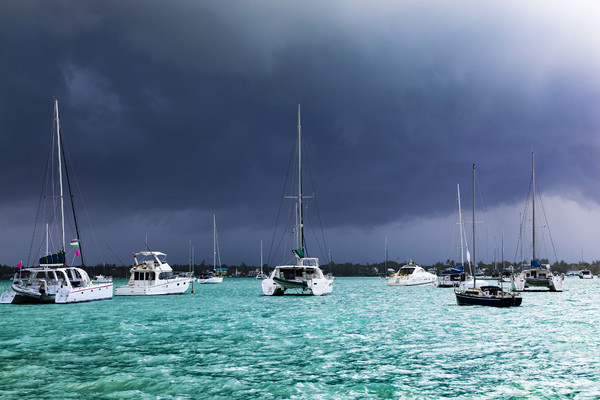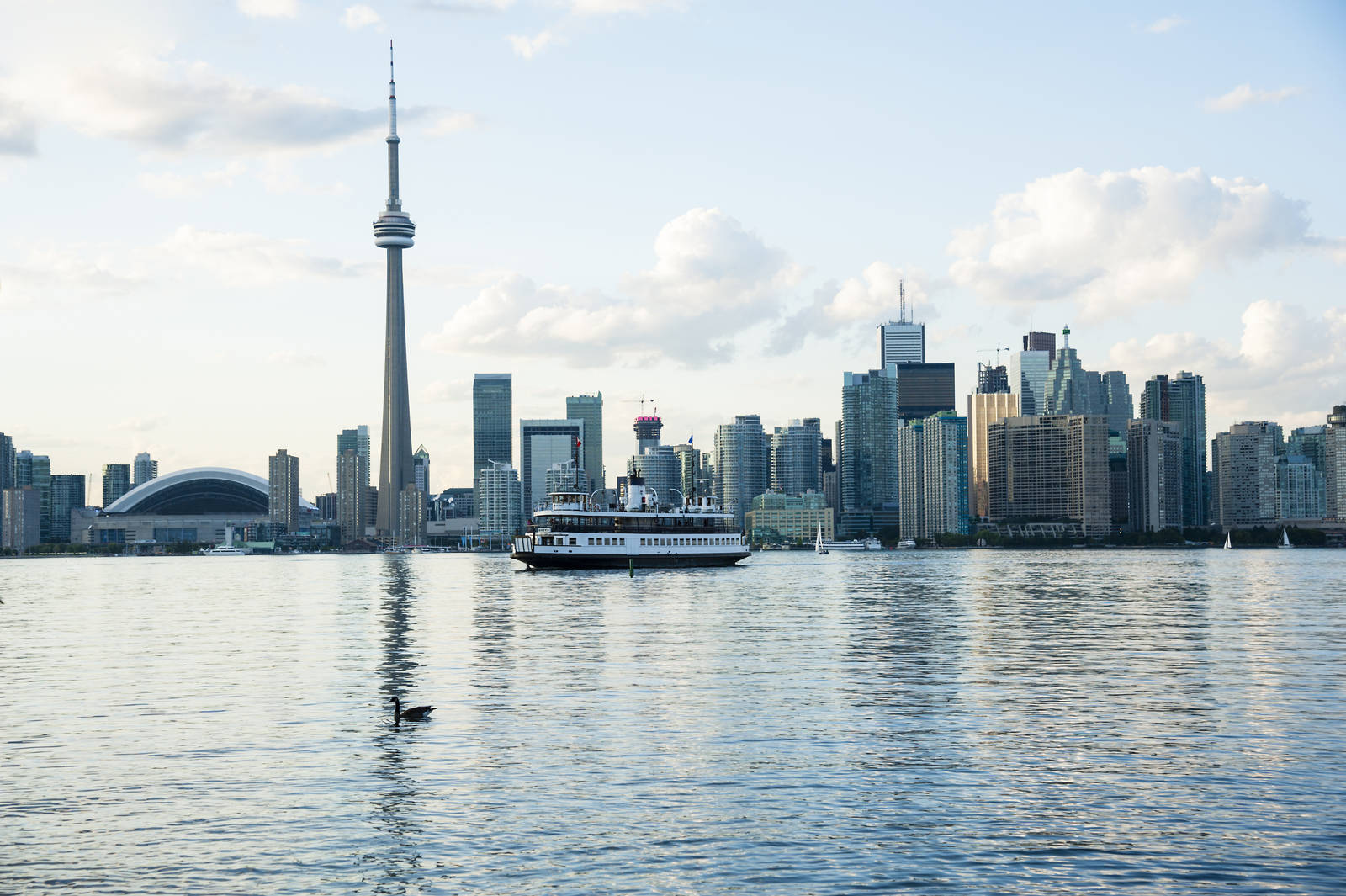As a North American marine underwriter, it becomes routine to check the National Hurricane Center website for activity in the Atlantic Storm Basin between the months of June and November; however, Mother Nature has a fickleness that cannot be predicted and defined.
This July, Aon reported that the first half of 2019 saw a reduction in insured catastrophe losses to USD $20 billion, the lowest level since 20061. That in itself may contradict the impact of climate change. Looking deeper, they reported that economic losses were approximately USD $73 billion or 3.5 times more than the insured losses. Only about 42% of the global economic losses were insured – compared with 52% in the first half of 2018 – as several large-scale disaster events occurred in areas with low insurance penetration according to the report by Swiss Re Institute2.
What does this mean to us in the world of inland hull, fishing vessels and yachts? Beyond the hurricanes and cyclones, there is an increase in insured losses that are attributed to secondary catastrophic perils such as thunderstorms, snowmelt and torrential rain.
Ask any yacht underwriter about the impact of lightning on modern watercraft. Losses that hovered around USD $250,000 are now approaching USD $1 million due to sophisticated electronics and machinery. Lightning has existed since the dawn of time. As an industry, we are experiencing strikes in regions where we haven’t seen them before.
In North America, the Mississippi River experienced perhaps the perfect storm of flooding which started in early 2019. Between the snowmelt in its northern reaches and heavy sustained rains to the south, one parish in Louisiana recorded 214 days of flooding, which is the longest period since 1927 by two months. This caused damage to inland hull and barges, and prevented transit as parts of the river were closed to navigation3.
On 11 August 2019 dozens of tourists were trapped or washed away at Duobi Gorge in Hubei Province, China after heavy rain caused severe flash flooding. Thirteen people have reportedly died and 61 were rescued. This area is very popular with tourists seeking boat rides.
In the Netherlands, two major barge associations started an inquiry to investigate economic effects on the inland hull sector and indirect effects on the sectors who depend on that, due to low water problems. Additionally, there are committees in various districts along the Mississippi River that are bringing together marine businesses, community leaders and the US Army Corps of Engineers to study long range flood plans.
Whether the water is rising or falling, wherever we are in the world and not exclusively coastal; there is one thing we cannot debate – weather-related costs are increasing.
References:
- Evans, Steve (2019, July 23) Retrieved from https://www.artemis.bm/news/insured-catastrophe-losses-in-h1-2019-lowest-since-2006-at-20bn-aon/
- Gonzalez, Gloria. (2019, August 15) “Global insured, economic cat losses down: Swiss Re Institute” Business Insurance Retrieved from https://www.businessinsurance.com/article/20190815/NEWS06/912330163/Global-insured,-economic-cat-losses-down-Swiss-Re-Institute
- Erdman, Jonathan (2019, July 29) Retrieved from https://weather.com/safety/floods/news/2019-07-29-record-long-mississippi-river-flood-ends

